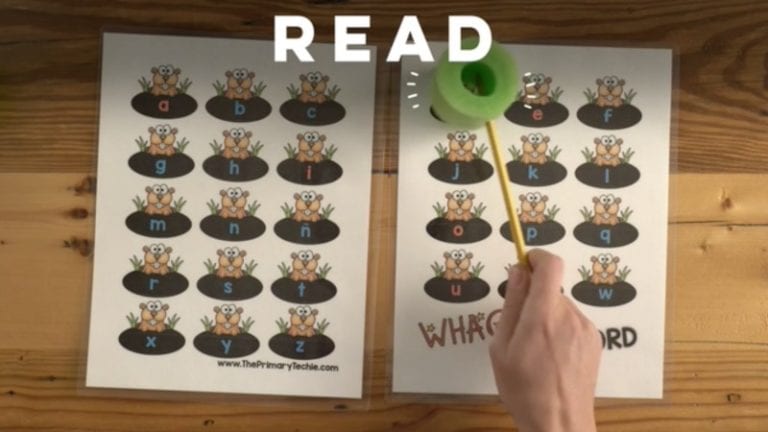Like most third grade teachers, Katie B. uses a variety of strategies to help her students learn and use new vocabulary. There’s a huge word wall in her classroom and 25 spelling notebooks on her shelves. Katie’s students also learn to write down new vocabulary words from the books they are reading and then look up their meanings in the dictionary.
But nothing makes new words come alive, says Katie, quite like her school’s annual vocabulary parade. “The kids each choose a word, and come up with the most creative costumes to portray the meaning of that word. Then we march down the halls, showing off our words and their meanings to the other classrooms. Let me tell you, those are the words that stick.”
If you’ve been in the classroom long enough, chances are you’ve had an experience just like Katie’s, where a hands-on experience really made the learning come together. Teachers know that building, creating, and doing are an integral part of the learning process, and a growing body of research is there to prove it.
Here are four reasons why we all need more vocabulary parades in our classrooms, adapted from “Why Hands-On Learning Matters,” a recent report by LEGO Education.
- Hands-on learning is REAL learning.
When students build a LEGO bridge, make a model from clay or use toy cars to create a multiplication array, they are dealing with concepts in the real world rather than in a book or a pencil-and-paper problem. They are acquiring knowledge through experience rather than abstraction and using a greater range of intelligence to solve problems. Multiple studies have found that learning by doing leads to greater achievement across subject areas, including science, math, language arts and social studies. - Hands-on learning keeps kids focused.
Reading a book or listening to a lecture can be a challenge even for the most focused student. Studies have shown that people engaged in a simple hands-on activity while listening to a message are more likely to retain details of what they have heard. Sketching, building with blocks and cutting with scissors are all techniques that can help students focus on the subject at hand. - Hands-on learning encourages failure.
Recent research suggests that in many communities, we are raising a generation who doesn’t know what it’s like to fail, and in doing so robbing students of an essential learning experience that is critical to success in and out of the classroom. In fact, one French study found that kids fail less when they know failure is part of the learning process.Failure teaches the importance of perseverance and hard work, but it is also a fundamental part of any career trajectory that students might choose. When students build an unsuccessful model of a pulley, for example, they not only see engineering principles in action, they also learn that failure plays a central role in the design process. They learn to ask questions like “What went wrong?” “What can I do differently next time?” and “How can I make it better?” These are the types of questions they will ask in the workplace and in their relationships for the rest of their lives.
- Hands-on learning lets students become the teachers.
When students complete a hands-on activity and talk about what they have created, whether it’s LEGO, a pulley, a rain-forest diorama or a model of a wigwam, they instinctively assume the traditional role of the teacher and engage in the final step of the learning process: explaining the concept to others. You can’t stop a kid who’s proud of her working volcano and wants to show it off to the world!This “teaching” step not only strengthens the speaking and presentation skills of the creator, it reinforces the message for all students that expertise is everywhere, and that the learning process is a continual back-and-forth between gathering information and sharing it with others.
Want to learn more about the research behind hands-on learning, its importance and how you can use manipulatives and models in every subject? Download the full report from LEGO Education now.


